iPhone 12 Pro Max vs iPhone 12 Pro camera shootout: Is bigger always better?

Current smartphone camera technology is leaps and bounds ahead of the past couple of generations. There’s now a bewildering selection of main camera sensor sizes, telephoto vs periscope zooms, and wide-angle lenses of various widths scattered across the market. Picking the best combination is no easy task.
One somewhat irritating trend over the past few years has been for the larger and more expensive models in each range to boast superior camera specifications. Be it the Samsung Galaxy S21 Ultra vs Google Pixel 5, Huawei P40 Pro vs P40 Pro Plus, or the OnePlus 9 series. With the exception of Sony’s Xperia 1 II and 5 II, it’s virtually impossible to find a smaller model of a phone that shares the same cutting edge camera setup as their larger siblings. But the pressing question is if it actually matters.
As we have both 2020 handsets Apple iPhone 12 Pro and 12 Pro Max in-house, we thought we’d take a quick look at what, if any, photography benefits you get with the more expensive model.
iPhone 12 Pro Max vs iPhone 12 Pro camera: A quick spec rundown
Both of Apple’s latest iPhones feature triple 12-megapixel camera arrangements. It’s a familiar main, wide-angle, and telephoto zoom configuration all around. However, there are subtle differences between the main and telephoto cameras that are worth highlighting.
For starters, the iPhone 12 Pro Max boasts a larger main sensor. Apple says it’s 47% larger than the main sensor in the iPhone 12 Pro, which sees individual sensor pixels increase from 1.4µm to 1.7µm. A larger sensor with bigger pixels captures more light, which should pay dividends for detail capture, noise, and low-light photography.
The iPhone 12 Pro Max’s main sensor also moves from the industry-standard optical image stabilization (OIS) to sensor-shift stabilization (IBIS). Sensor-shift stabilization is common in full-size mirrorless cameras. It can make up to 5,000 micro-adjustments every second. Faster and more sensitive stabilization offers a theoretical advantage when correcting for minor hand tremors during long exposures. So again, low light stands to benefit the most.
| iPhone 12 Pro | iPhone 12 Pro Max | |
|---|---|---|
| Main camera | 12-megapixels f/1.6 aperture 1.4µm pixel size Dual pixel PDAF, OIS |
12-megapixels f/1.6 aperture 1.7µm pixel size Dual pixel PDAF, IBIS |
| Zoom camera | 2x zoom 12-megapixels f/2.0 aperture 1.0µm pixel size PDAF, OIS |
2.5x zoom 12-megapixels f/2.2 aperture 1.0µm pixel size PDAF, OIS |
| Wide camera | 120˚ field of view 12-megapixels f/2.4 aperture |
120˚ field of view 12-megapixels f/2.4 aperture |
| Depth sensor | 3D TOD LiDAR | 3D TOD LiDAR |
The wide-angle lenses and Li-DAR depth sensors are the same on both phones. The only other change is to the telephoto camera. However, it simply appears to be an adjustment to the lens aperture and its focal lengths. The iPhone 12 Pro’s telephoto camera has a 52mm focal length, which is 2x the main sensor’s 26mm focal length. The Pro Max model has a 65mm telephoto lens, which works out to a 2.5x zoom from the main camera.
While there are minor hardware differences here, the biggest is clearly the price. You’ll pay an extra $100/£100/€100 for these camera changes, along with a bigger display and a slightly larger battery. Yet, is the extra cost worth it to mobile photography enthusiasts?
See also: 2020 smartphone mega shootout: The best camera phones tested
Everyday daylight shots








As you’d expect from a premium company like Apple, image quality is great across both handsets. In fact, the two take essentially identical images in daylight and overcast conditions. Color processing, exposure, dynamic range, white balance, and focus are indistinguishable between the two iPhone 12 models. Both sets of pictures look great and are very realistic.
Photography terms explained: ISO, aperture, shutter speed, and more
There’s a slight difference in the default crop factor when shooting portraits. This is because of the different zoom cameras. However, skin tones, colors, and details are the same here as well. The bokeh blur quality and accuracy are also very good on both models. The general takeaway is that full-frame images are virtually inseparable. But what about 100% crops?
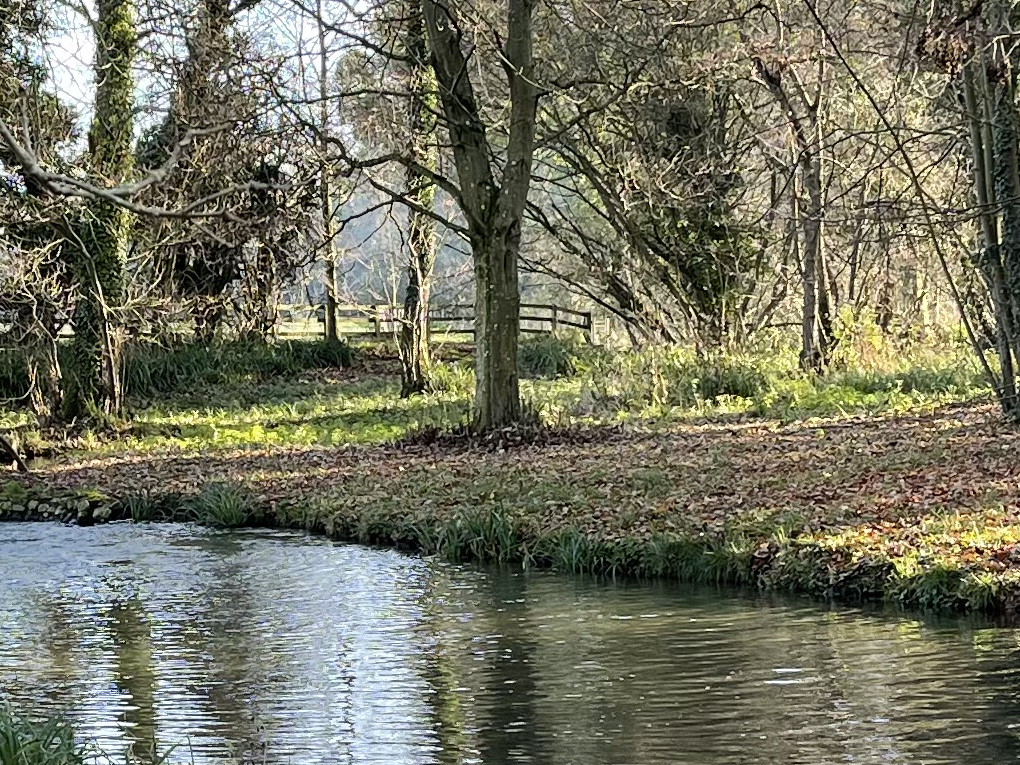 Apple iPhone 12 Pro - 100% crop Apple iPhone 12 Pro Max - 100% crop
Apple iPhone 12 Pro - 100% crop Apple iPhone 12 Pro Max - 100% crop
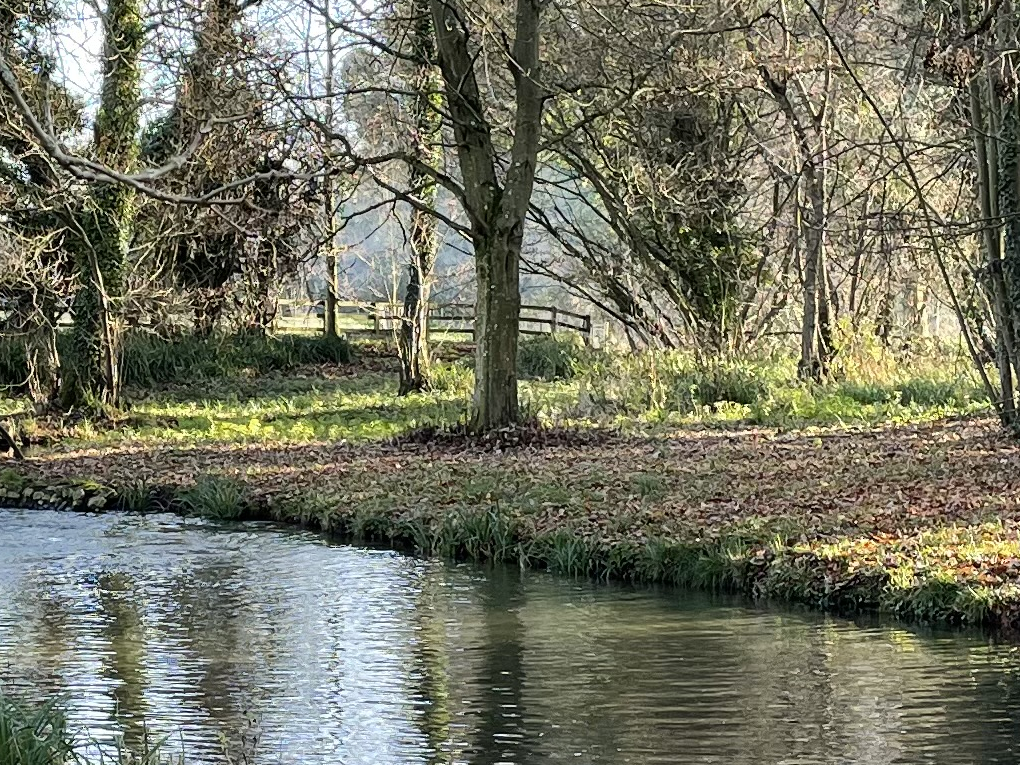
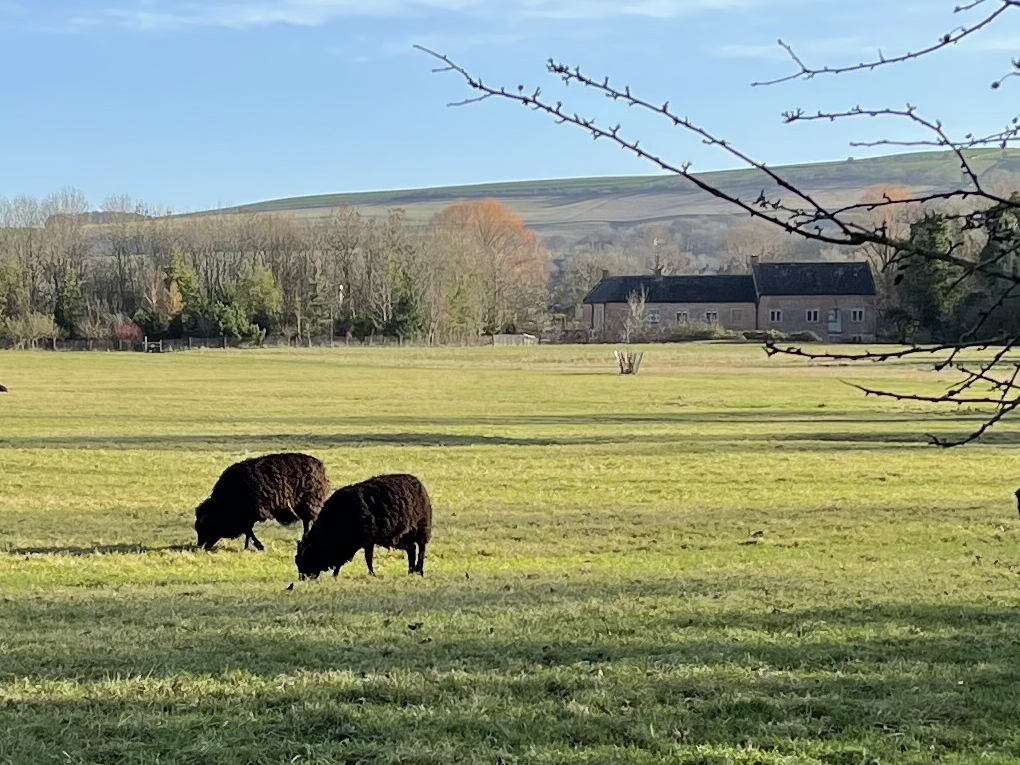 Apple iPhone 12 Pro - 100% crop Apple iPhone 12 Pro Max - 100% crop
Apple iPhone 12 Pro - 100% crop Apple iPhone 12 Pro Max - 100% crop
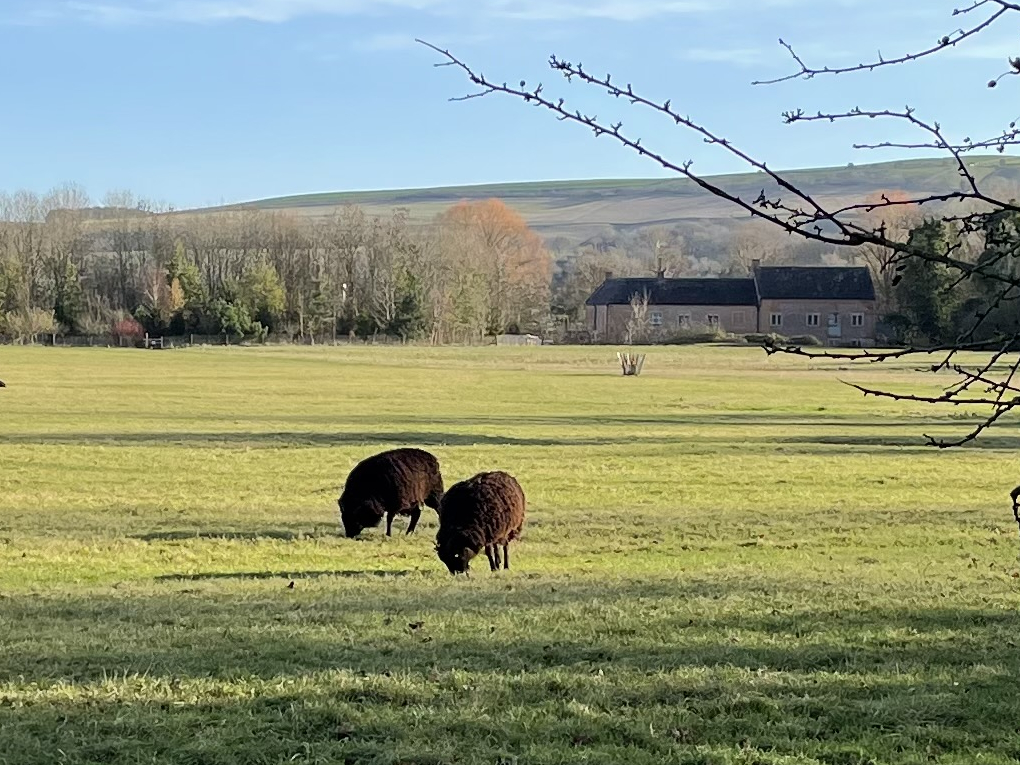
Looking at details from the 100% crops above confirms our previous analysis — there’s no noticeable difference between the two. At 12 megapixels apiece, the frames were always going to look similar in terms of resolution. However, there’s no difference in detail or noise, at least in good lighting, either.
The iPhone 12 Pro Max’s bigger main sensor doesn’t make any difference in daylight. Then again, most smartphones are hard to tell apart in excellent lighting these days. What’s interesting is the consistency that Apple’s processing algorithms obtain from the different hardware. It’s quite an impressive feat. It also goes to show that processing and machine learning image enhancements are just as big of a factor in a camera’s look as good hardware these days.
Turning down the lights
If there’s no difference in daylight, let’s take a look at some lower light and night time pictures.








When shooting with Night Mode disabled, there is finally some small difference to note between the two phones. Colors, white balance, and dynamic range are the same. However, the exposure varies a little between the two. In the first candle-lit shot, the iPhone 12 Pro Max is slightly more underexposed but is a fraction more colorful. It’s not clear if this is due to small differences in the scene’s contents or the different hardware. In the second example, the Pro Max is marginally brighter and more colorful, suggesting a tiny advantage for its larger sensor. Although even in these extreme conditions, it’s a very subtle difference.
When we switch Night Mode on, any differences disappear. Exposure and brightness become even harder to tell apart in both our third and fourth low light examples. Colors and dynamic range are also pretty much an exact match. If you did this shootout blind, you’d almost certainly think these pictures were taken with the same phone.
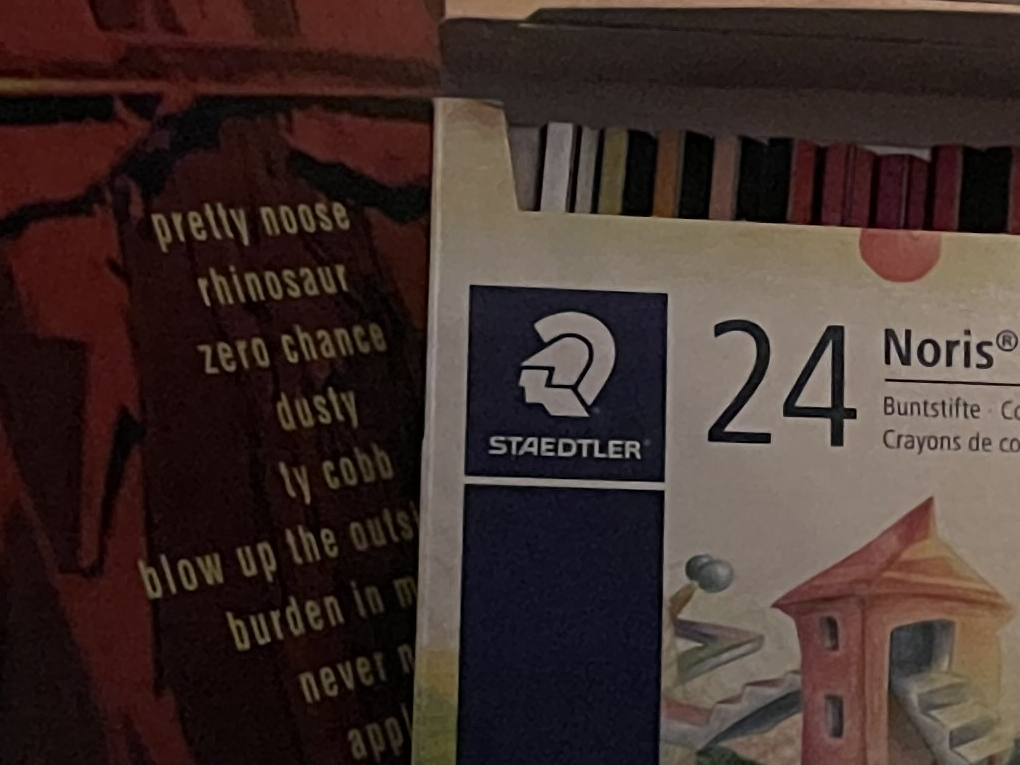 Apple iPhone 12 Pro - 100% crop Apple iPhone 12 Pro Max - 100% crop
Apple iPhone 12 Pro - 100% crop Apple iPhone 12 Pro Max - 100% crop
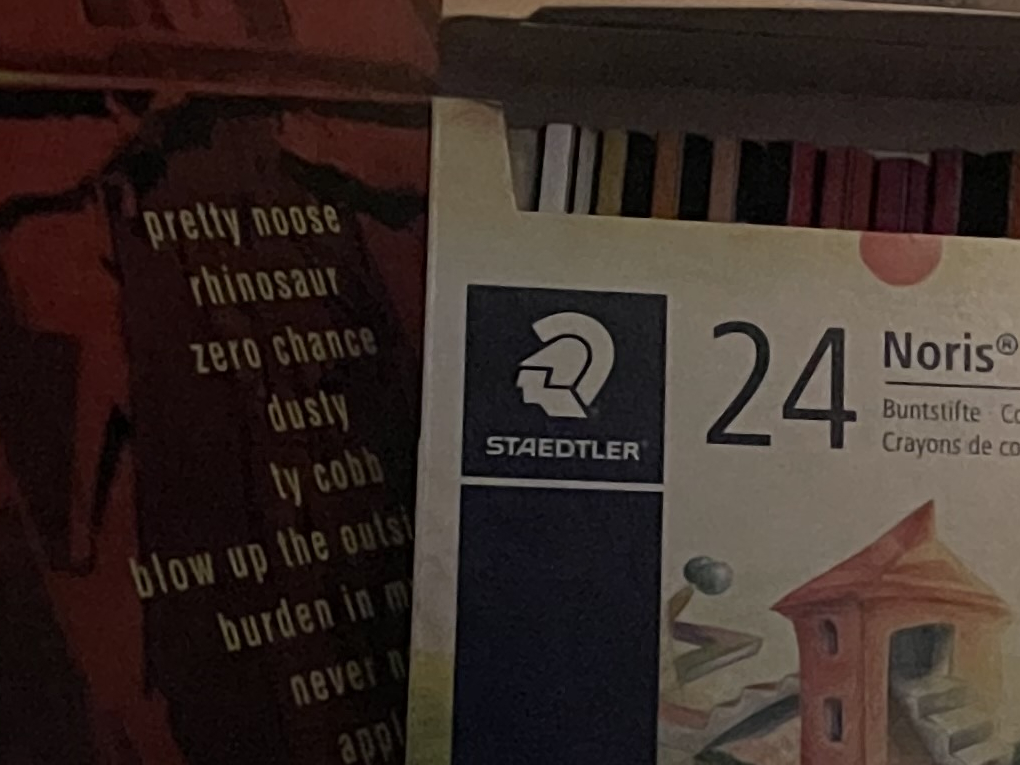
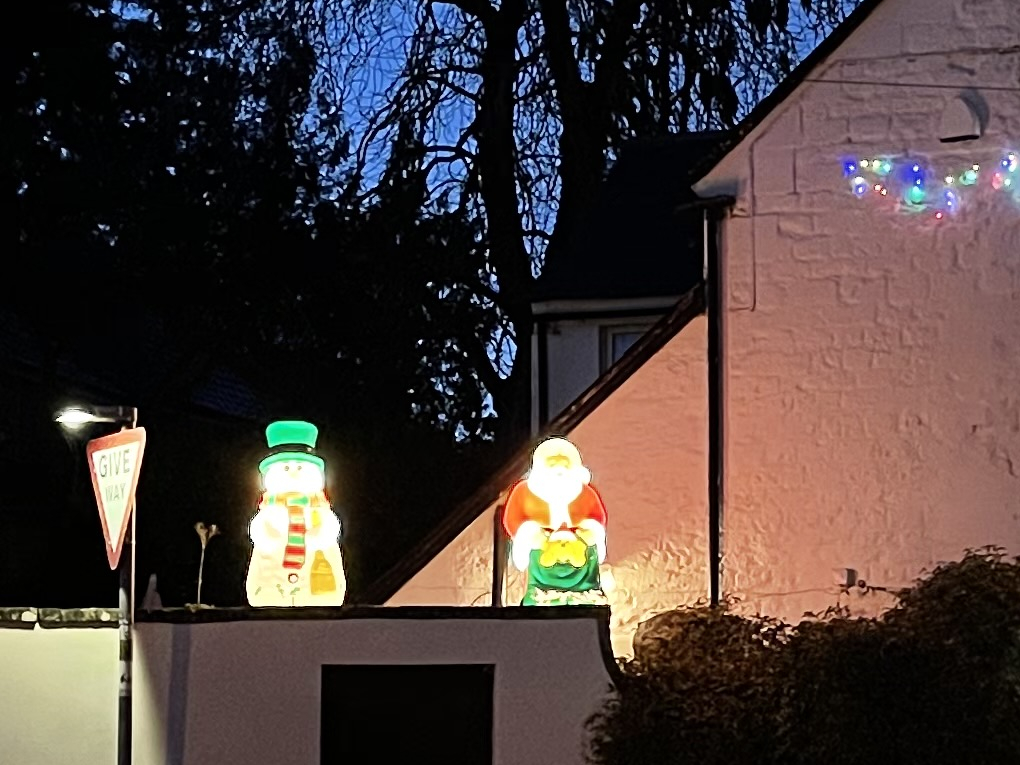 Apple iPhone 12 Pro Night - 100% crop Apple iPhone 12 Pro Max Night - 100% crop
Apple iPhone 12 Pro Night - 100% crop Apple iPhone 12 Pro Max Night - 100% crop
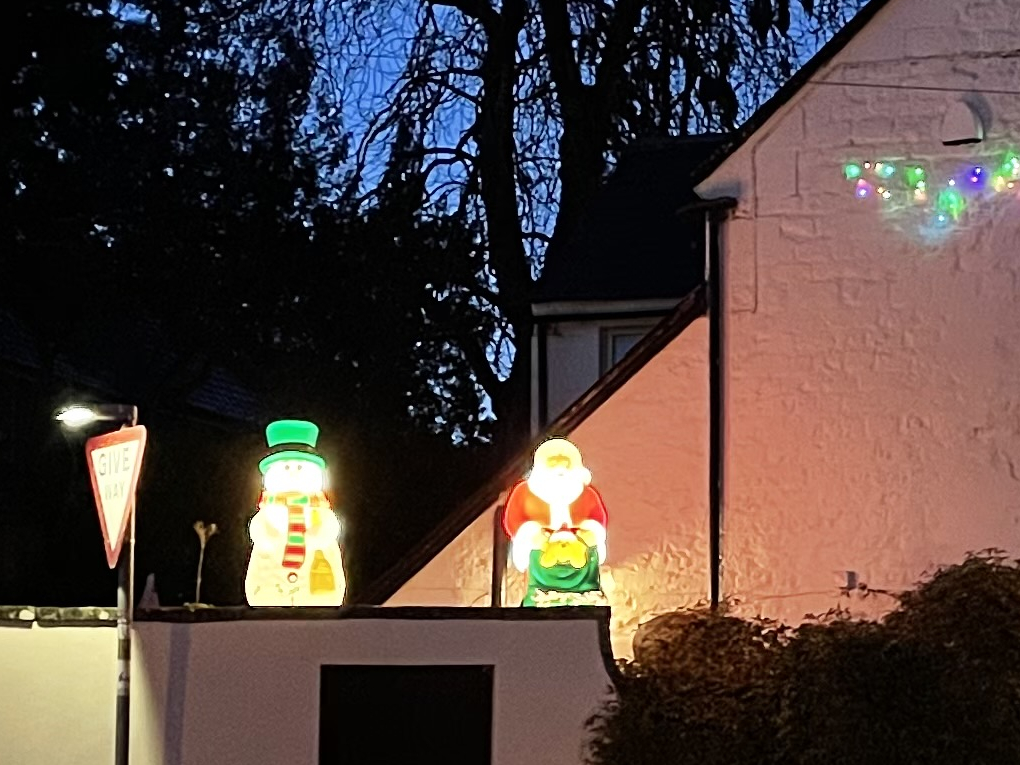
Once again we have to turn to 100% crops to try to tell the two phones apart. Once again the differences, if any, are absolutely minuscule.
Without Night Mode to help out, the larger sensor inside the iPhone 12 Pro Max comes out a smidgen cleaner than the iPhone 12 Pro. We can see this as slightly less noise and cleaner edges in the first crop. The scene is also marginally better exposed too. However, it’s a really small difference that doesn’t impact the full-frame shot.
Related: Apple iPhone buying guide — which iPhone is right for you?
Switching Night Mode on balances out any noticeable differences between the phones. Both offer similarly good exposure, white balance, colors, and detail in this mode. The two phones suffer from pretty much equal noise in this very low light shot, but it’s not a major problem. Again, Apple software enhancements leave us struggling to make out any difference between the hardware options.
iPhone 12 Pro Max vs iPhone 12 Pro camera: Zooming in
With essentially nothing in it when it comes to the main sensor, let’s see if the differences in zoom hardware are more meaningful. Once again, full-frame images are indistinguishable. To hone in on the potential discrepancies, we’ve cropped in on zoom samples captured at 2x and 3x. In theory, the iPhone 12 Pro should win out at 2x and the Pro Max at 3x.




In good lighting, it’s clear that the less expensive iPhone 12 Pro wins out at 2x. That’s thanks to its use of the telephoto sensor at this zoom level. Upscaling from the main sensor produces fine results at full-frame for the 12 Pro Max too. However, the first image doesn’t hold up as well on close inspection. Despite the detail differences, the two are very close for color, exposure, and dynamic range.
That said, the iPhone 12 Pro’s telephoto zoom doesn’t perform as well in lower light overcast conditions. Details between the two phones are basically identical. However, the Pro Max looks a little darker but more colorful here. I wonder if this is a result of image fusion from the larger dynamic range of the main sensor combined with a darker tone from the narrower zoom lens aperture.




Switching over to 3x, we indeed see the iPhone 12 Pro Max take the lead in good light thanks to its 2.5x telephoto sensor. Again colors, exposure, and white balance are a match between the phones. Nevertheless, the Pro Max nudges ahead on details at this zoom level. It further extends this slight lead at longer ranges, but you have to crop in to really notice the improvements.
It’s the same in the lower light example. Details are very similar, with perhaps a slight advantage for the iPhone 12 Pro Max at this 3x zoom. What’s more obvious is the difference in color processing and exposure. Much like the 2x shot, it looks a little more dynamic on the more expensive model. Although again, this is only noticeable when cropping in for a very close look.
Overall, the two phones are more similar than dissimilar when zooming in, especially in good lighting. There’s a slight lead for the Max model in our lower light examples here, but the Pro model wins out at 2x in good lighting. Ultimately, you really have to inspect minor details to tell the two apart. Most full-frame shots will be indistinguishable between the two.
iPhone 12 Pro Max vs iPhone 12 Pro camera test: The verdict

Across our entire sample selection, the iPhone 12 Pro and iPhone 12 Pro Max are more alike than apart. Despite their small hardware differences, Apple’s software ensures that exposure, color, white balance, and dynamic range are a match across its premium tier handsets. The only differences we’ve been able to see are very small improvements to detail with the iPhone 12 Pro Max model. They appear when shooting in low light and zooming in at long distances. Yet, even here you have to strain your eyes to make out any differences.
There's essentially no quality difference between Apple's camera setups.
Consistency across products is great and something we want to see more of in the Android space. It ensures that the entire range performs like a top-tier product, even if you don’t want a huge screen. However, this shootout begs the question, why did Apple bother with its bigger sensor and different telephoto lens, given there’s only a minor benefit, if any, for the Max’s camera? Based on this shootout, the bigger phone really isn’t any better than its smaller sibling. You can therefore safely bank that $100 without missing out.
Perhaps there’s more to be gained from the larger sensor when bypassing Apple’s software layer when shooting in its ProRAW format. However, that’s something we’ll have to test out another day.
from Android Authority https://ift.tt/387d155

Post a Comment